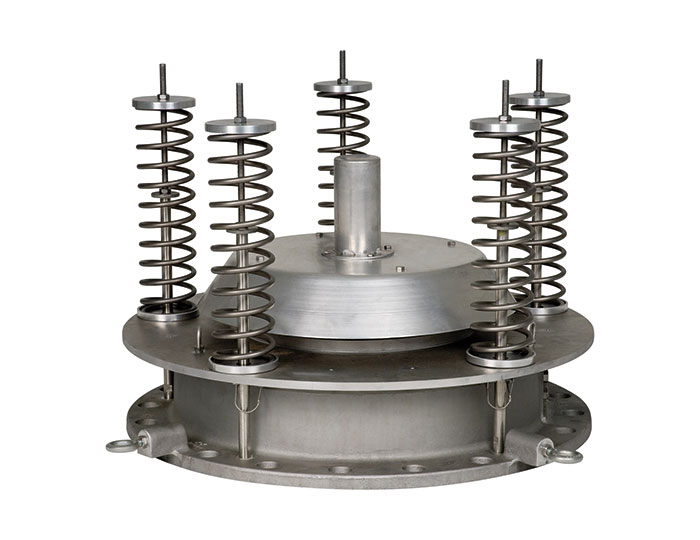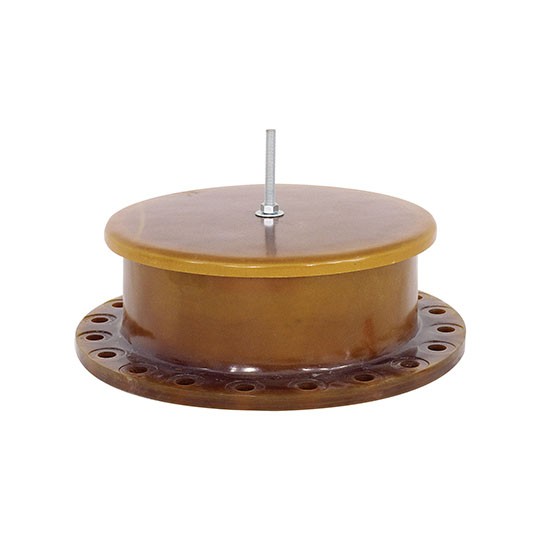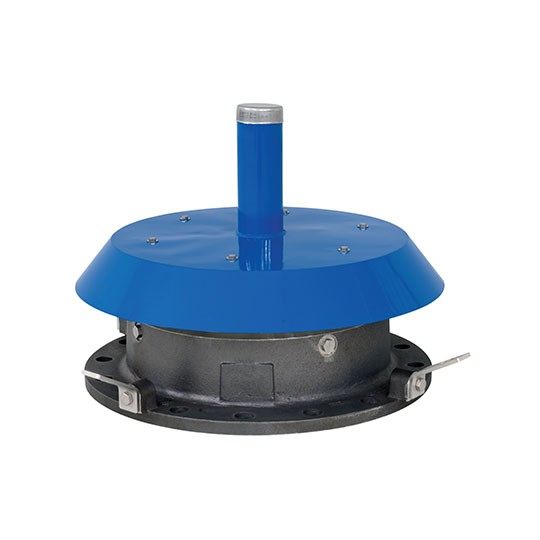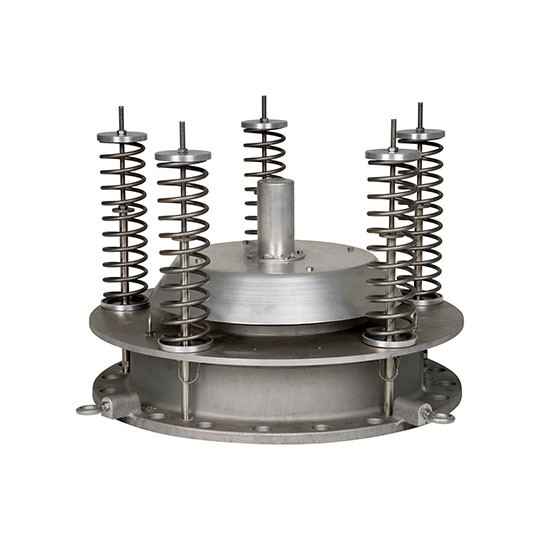Tryckavlastningsventiler
Tryckavlastningsventiler (emergency relief vents) används på lagringstankar för att möjliggöra nödutsläpp på grund av brand i närheten av tanken. Tryckavlastningsventiler eliminerar kostsamma tankrupturer genom att möjliggöra nödutsläpp vid ett onormalt inre tryck. I händelse av brand lyfts vikten upp vilket ger ett stort ventilationsområde. Ramén Valves distribuerar ett brett utbud av tryckavlastningsventiler från Valve Concepts, Inc. (VCI).

The Model 3700 manhole and emergency pressure vent provide emergency pressure relief beyond that furnished by the normal pressure vent for atmospheric and low pressure tanks, as well as providing a convenient access for tank cleaning, inspection and repair. Emergency relief valves provide relief from excessive internal pressure which may be caused by an abnormal condition, such as ruptured internal heating coils or an external fire. The Model 3700 does not provide vacuum relief and therefore vacuum relief must be supplied by the normal operating vent.

The Model 8700 emergency pressure/vacuum vent provide emergency pressure and vacuum relief beyond that furnished by the normal pressure vent for atmospheric and low pressure tanks, as well as providing a convenient access for tank cleaning, inspection and repair. Emergency relief valves provide relief from excessive internal pressure which may be caused by an abnormal condition, such as ruptured internal heating coils or an external fire. The vacuum relief allows the intake of air necessary to maintain the tank pressure within the permissible vacuum limit to avoid damage to the tank.

The 8900 Series manway pressure and pressure / vacuum relief vent provide emergency pressure relief beyond that furnished by the normal pressure vent for atmospheric and low pressure tanks, as well as a convenient access for tank cleaning, inspection and repair. Emergency relief vents provide relief from excessive internal pressure which may be caused by an abnormal condition; such as ruptured internal heating coils, an external fire, a failure of the tank blanketing system, a sudden cooling of the tank or a break in the tank wall.





